
Please let me know if you are able to view the PDF provided!
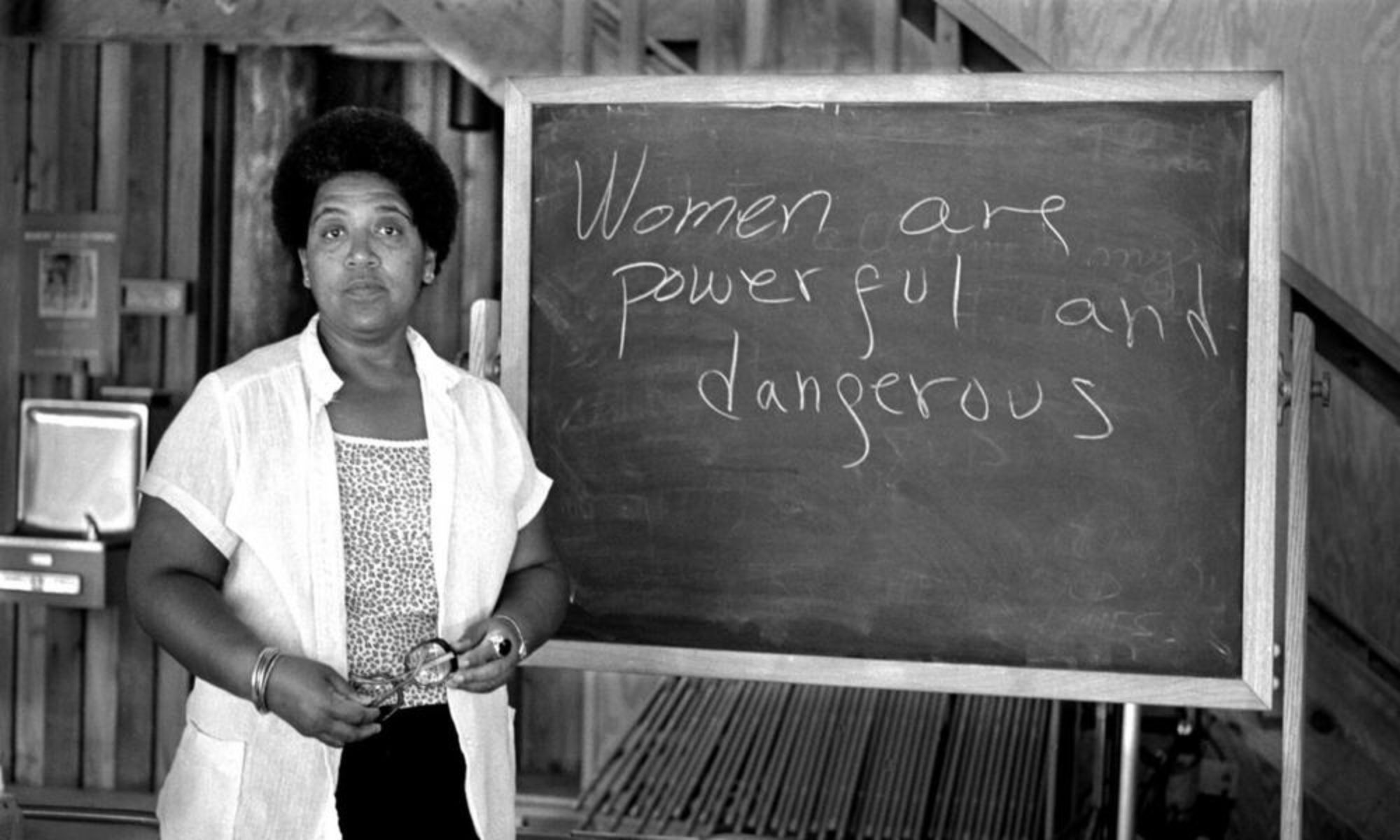
Prof. Gwendolyn Shaw

Please let me know if you are able to view the PDF provided!

Bibliography:
Banks, Ingrid. Hair Matters: Beauty, Power, and Black Women’s Consciousness. NYU Press, 2000. www.academia.edu/10935126/Hair_Matters_Beauty_Power_And_Black_Womens_Consciousness
Ingrid Banks compiled various first hand accounts of what it is like to navigate society as a black woman with kinky/coiled hair in her book Hair Matters: Beauty, Power, and Black Women’s Consciousness. She interviewed women ranging in age from teenager to elderly. Hair Matters: Beauty, Power, and Black Women’s Consciousness reveals black women’s ideas about race, gender, sexuality, beauty, and power through the various exchanges transcribed within. By allowing these women to share their hair stories, Banks also allows them to share their larger perspectives of their communities and the mainstream culture that defines “normalcy”. I think that this piece will be useful to my final project because it has a wide range of subjects that are all speaking on a topic (kinky/coiled hair and the experiences of black women in American society) that is extremely close to the chosen topic for my independent study. I am most interested in taking a look at the accounts of young adult to middle aged women in corporate America as to get a more realistic account (outside of my own experience) of what it looks like navigating the beauty standards set by American society and how that can effect their ability to thrive within the workplace.
Caldwell, Paulette M. “A Hair Piece: Perspectives on the Intersection of Race and Gender.” Duke Law Journal, vol. 1991, no. 2, 1991, pp. 365–396. JSTOR, www.jstor.org/stable/1372731.
**First things first, I was to say that this article was very enjoyable to read through. if you have a second and you’re somewhat interested in the topic and law/legislation you might like it.**
In this article, Paulette Caldwell takes a deeper look into the ruling in the case of Rogers vs American Airlines where it was decided that braided hairstyles were permitted t be banned by employers if they so choose. It was argued that braids are not truly a style that is tied to any one particular culture and therefore should be easily changeable. Caldwell take a stance in this article disparaging the court’s decision in the matter as it protected employer’s rights to mandate hair and dress codes that effectively allow for workplace discrimination on the grounds of the physical appearance of black women. She sums it all up saying “black women are the immediate, although and material representation of the intersection of race and gender” (372). This piece is going to be extremely relevant in the composition of the final portion of my project as it draws it’s premise from a primary source (Rogers vs American Airlines) and provides readers with Caldwell’s (an expert on race and civil rights with a concentration on discrimination in employment and public education law) take on how the decision effectively stigmatized African American women in the workplace.
Griffin, Chanté. “How Natural Black Hair at Work Became a Civil Rights Issue”. JSTOR Daily, 2019. JSTOR, www.daily.jstor.org/how-natural-black-hair-at-work-became-a-civil-rights-issue/
This article follows a time line of the evolution of black women’s hairstyle choices throughout the decades skillfully weaving a timeline that is easy to follow. Simultaneously, Griffin sheds light on the ways in which black women’s physical appearance, special their hairstyle choices, allow for workplace discrimination and refusal of job offers in some cases. This practice is effectively supported by the Eleventh Circuit (U.S. Court of Appeals) who ruled in favor of Catastrophe Management Solution in the case bought up against them by Chastity Jones, a prospective employee who was asked to cut off her dreads in order to accept the offer. Of course, she refused and was unfortunately denied the job offer altogether. I think that this article will be a helpful resource when creating my final project as it gets even further than just stating an argument and listing the facts that back it up. The timeline format really gives readers who are new to this information a clear insight as to why black women have felt for many years that the key to social and economic success in American society is straighter hair and fairer skin dating as far back as the 1700s. Griffin also gives readers an account of natural hair as a movement and the ways in which it has swelled and diminished as images of acceptance change throughout the decades.
Kimbell, Regina, and Mary Huelsbeck. “A Black Camera Interview: Nappy or Straight: Must We Choose? Regina Kimbell on Black Hair-Itage.” Black Camera, 22/23, 2008, pp. 54–58. JSTOR, www.jstor.org.ez-proxy.brooklyn.cuny.edu:2048/stable/27761702.
I focused on an excerpt of this article that I felt was relevant to my topic of choice. In the chosen excerpt, Kimbell has gotten to the point of the interview where she is asked about her documentary “My Nappy Roots: A Journey Through Black Hair-itage” by interviewee Mary Huelsbeck. Huelsbeck asks her various questions surrounding the origin of the film’s title and concept. Kimbell responds by sharing that she developed the documentary to aid her daughter who was chosen to submit a contribution to the NAACP ACT-SO ( the Academic, Cultural, Technological and Scientific Olympics) competition. The film was able to effectively convey how African American hair is a sign of individuality and how hair texture and/or style can determine the social and economic status of African American people specifically, African American women. Kimbell also goes into personal accounts of her daughter’s and her own experience within their respective hair journeys that prepared them to create their content. I have not watched Kimbell’s documentary as of yet but, I think it could be a great agent to my final project paired with the interview transcript. The interview also covers the significance of hair within African cultures and how it can mold stereotypes that are taken as fact by misinformed individuals both inside and outside of the community.
Randle, Brenda A. “African American Women and Their Struggles with Embracing Natural Hair!” Race, Gender & Class, vol. 22, no. 1-2, 2015, pp. 114–121. JSTOR, www-jstor-org.ez-proxy.brooklyn.cuny.edu/stable/26505328.
Brenda A. Randle uses this article to provide in depth insight to the title subject. She discusses the chemical processes that African American put their natural hair through in order to achieve a straighter texture that would be more widely accepted in American society. She sheds light on the “good hair vs bad hair” complex that exists within African American society that groups looser curls patterns in the “good hair” category and kinkier/coiled textures as “bad hair”. Having this type of stigma exist within the African American community allows for the validation of its belief by society as a whole. The groundwork for the elimination of these categorizations starts within the community, for sure however, these speculations based on hair texture shouldn’t exist on either side. She also goes into whether or not natural (unprocessed) hair is acceptable within the workplace and if the preference of most employers leans more towards European textured/inspired hairstyles (i.e. weaves, extensions, wigs) on African American women. This aids her effort in relating the issues of the stunted socioeconomic growth of African American women to how they choose to wear their hair to work.
All sources listed were sources found using (or can be found within) the JSTOR database. The JSTOR database houses articles from scholarly, peer-reviewed, academic, and refereed journals that are considered more credible than articles from popular journals. This is because the content is reviewed by experts on the relating subject. You can also easily find sources/citations that support the given topic being conveyed by the author. (**Step 3**)
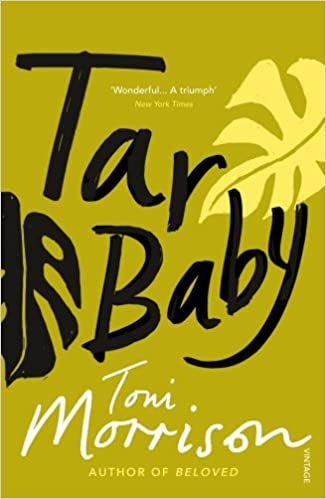
The book that I have chosen to read for our Toni Morrison “Choose Your Own” book report is entitled Tar Baby. This book follows the love story of Jadine and Son, two lovers who find themselves romantically involved after a chance meeting. Son, a young black man from Eloe, Florida, finds himself aboard a yacht that floats him away from the harbor of Queen of France and to a small island called Isle des Chevaliers. It is here that he finds hidden refuge within the Street family home and meets Jadine Childs, the niece of two of the Street’s in-house servants. Although both of the novel’s protagonists are black, their life experiences differ widely which ultimately shapes the way that society perceives them and vice versa. Morrison titles her book Tar Baby, an attribution to an age old folktale that describes a pesky cabbage stealing rabbit that meets his match when he encounters a tar doll that has been purposely set up by the afflicted farmer. The more the rabbit fights and interacts with the tar doll the more entangled it gets in the stickiness of the tar. She parallels this tale to Jadine’s very existence. This story is set in the late 1970s, a period in time that can be seen as a culmination of all the social progressive values that began to take root in the 1960s. The majority of Jadine’s adult life was spent abroad as she studied art history at the Sorbonne in Paris. She grew to unknowingly reject her blackness and began to assimilate within the white communities in which she lived and studied. This lead to her dealing with negative responses when interacting with other black women. When she and Son, who is Morrison’s chosen representation of a proud black man with the ability to navigate all areas of society, finally meet their opposing experiences within their community draw them to each other (not to mention, their physical attraction to one another). After getting to know each other, they almost instantly begin on a carefree journey of love and solitude starting by traveling to New York to live together. This quickly sours when the two decide to visit Son’s hometown of Eloe, Florida. Jadine is finally able to see that their differences are far too great for their relationship to proceed. She realizes during the trip that carrying on a relationship with Son would not account for the continued confliction she would feel within herself if she continued to attempt to please everyone. She left Son in Florida and ultimately the relationship altogether. Through the beginning of the novel, Jadine can be considered the “tar baby” as she is there to hold every relationship together in her life. She attempts to discover a new side of herself in order to be happy with Son and is seemingly the saving grace that holds together the Street’s dysfunctional marriage. As the novel progresses, she in my opinion becomes more self-aware and realizes that she doesn’t have to please anyone by conforming to the constraints created by race and/or gender.
I’ve chosen to go ahead and select three blog posts that have had an impact on my understanding of feminism.
Gender Performance (Blog Post 11) – This post was one that I particularly enjoyed composing. Most (if not all) of the content that we have gone over in class has been new for me so, learning that there is a term that encompasses the expectations set for us from birth when we are assigned our genders was quite eye opening. I think that this content was extremely important for myself and other to digest because it opens up a conversation surrounding identity. What you choose to identify with as far as gender should not dictate how you are dressed, how your emotional disposition is analyzed, nor your ability to succeed.
What does it mean to disidentify with something? (Blog Post 9) – I really enjoyed reading through the different annotations on hypothesis.is that my colleagues selected as a definition that encompasses what it means to disidentify with something in their opinion. I feel like the most important takeaway for me with this post was that to disidentify is to take a stance while still remaining neutral. It’s okay to disagree with something without hostility driving how you interact with individuals who have beliefs/ideas that oppose your own.
TBCMB Annotation (Blog Post 8) – This collection of writings was unknown to me prior to this class. It was hard for me to choose just one selection because there were so many that really hit home based on personal experiences. The piece I chose was an excerpt from a poem by Genny Lim. What I took away from her piece was the absolute necessity for women within the feminist movement to have awareness of the women whose social and political plights intersect.
Taking this course has really given me a more in depth view of what the women’s suffrage movement looks like from an internal standpoint. A lot of what you hear about the feminist movement is based on outward perception or the opinions of those who assist in demeaning and oppressing of women.
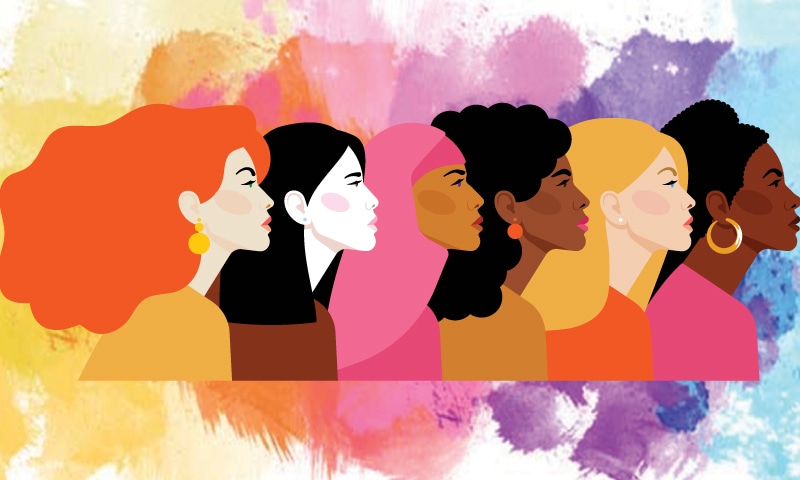
*Can also be found within Hypothes.is*
“I wonder why there are women born with silver spoons in their mouths Women who have never known a day of hunger Women who have never changed their own bed linen And I wonder why there are women who must work Women who must clean other women’s houses Women who must shell shrimps for pennies a day Women who must sew other women’s clothes Who must cook Who must die In childbirth In dreams Why must woman stand divided? Building the walls that tear them down? Jill-of-all-trades Lover, mother, housewife, friend, breadwinner Heart and spade A woman is a ritual A house that must accommodate A house that must endure Generation after generation Of wind and torment, of fire and rain A house with echoing rooms Closets with hidden cries Walls with stretchmarks Windows with eyes” (Genny Lim 26)
I have chosen to highlight this passage because it truly resonated with me while reading through it. TBCMB is a collection of works by female scholars, writers, and contributors detailing their experiences in society. It challenges the claims of solidarity based on sisterhood within the feminist movement by presenting readers with a view of the plight faced by non-white feminists despite the movement’s successes. This passage poses the question directly — why are women treated less favorably by society and even more so by other women? In order to succeed in creating a change, woman must come together and realize that the plight of your fellow woman despite race or class is in fact your plight as well.
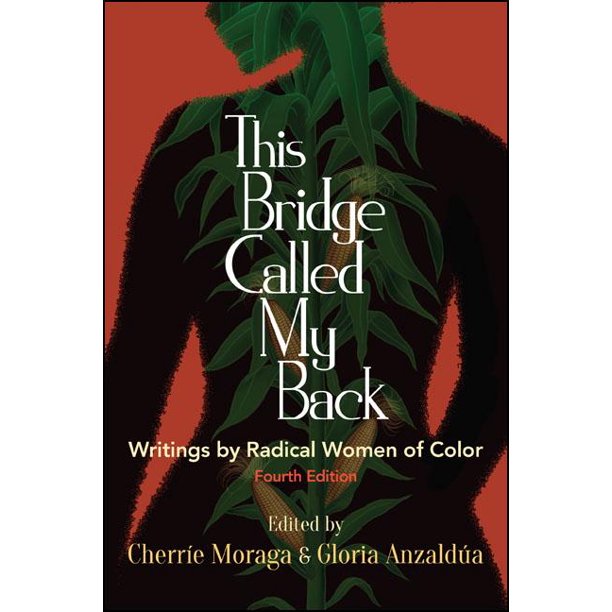
Step 1:
I am choosing to use my independent study to shed light on the existence of race based hair discrimination in the workplace and how this practice lends direct assistance to the marginalization of black women that are members of the work force. I know that I am going to have to look further into specific accounts of women who have experienced indifferent treatment at work based on how they are choosing to wear their hair. I may even broaden the scope and look into how race based hair discrimination can limit the success of black women and young girls in their academic growth. Most prominently though, my focus will be African American women who choose to wear their kinkier tresses in professional settings that have received push back, lost their jobs, and even their right to an eduction as their natural hair textures are considered “unprofessional” and “unconventional”.
My project will cover topics such as (but, possibly not limited to):
Step 2:
Provisional Thesis Statement/Argument: Black people have faced years of stigmatization based on their appearances. Hair is a huge part of who we are. In most cases, many people use their hairstyle as a form of expression. When I see a woman with a huge healthy afro my mind immediately turns to words like strength, beauty, power, confidence etc. Alternatively, there a many who may feel that African American women wearing their natural hair reads as them being unprofessional and uncouth. These opinions derive from the stereotypes associated with being black in America. Women have it hard enough trying to find success in this society structured specifically for the betterment of men. To be a black woman in America expressing her blackness in the form of a hairstyle and have that classified as “unacceptable” is truly disheartening. We must normalize kinky hair as it is something that has existed for years and will continue to be part of the black woman’s aesthetic.

It is my understanding that material feminism is a branch of feminism that takes a more diverse approach to fighting against social injustices faced by women. This is accomplished by shedding light on how gender and sexuality intersect in society with capitalism and patriarchy. Each day human beings continue to prove more and more how money/status is more important than basic humanity in our society thus creating discourse within the world. This behavior allows for the way in which society values the rights of women as compared to those of men. These societal binaries often make it hard for women to exercise (or gain) the same rights and economic success as males. That is where material feminism comes in. To shed light on these injustices faced by the women within capitalist and patriarchal societies dominated by males. There is a clear imbalance of opportunity for those who are of non-privileged race and or gender and material feminist look to achieve social change. They want to pinpoint why these afflicted classes are unable to succeed in the same ways that privileged classes can so easily & figure out what exactly needs to be altered within the current capitalistic society.

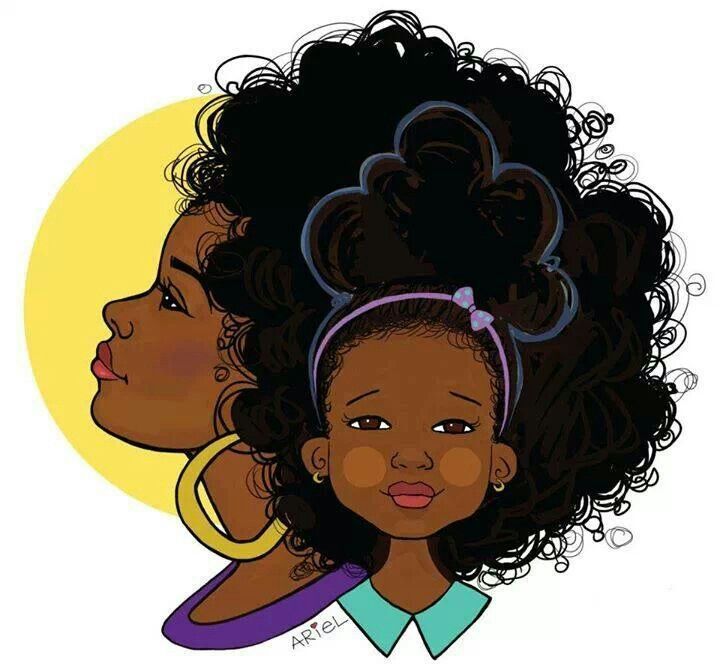
Transcribed below is the interview that I conducted with my mother who was born in 1965 Brooklyn, NY. She lived with her mother and three older sisters in a private home supported solely by her mother who worked two jobs at the time to support herself and her daughters. Her youth was very carefree and separate from the wave of activism that was crashing through during this era.
Self: What was it like growing up as an African American girl/teen in Brooklyn, NY circa the 1970s?
Mom: My childhood was very fun. I enjoyed school and hanging out with my small group of friends. We lived right on Nostrand avenue in a very cultured neighborhood. My friend group consisted of 4 girls. One of my friends was named Evelyn. She was a Puerto Rican girl whose family owned a nearby bodega. That was one of our main hang out spots ; the corner store. We used to throw fish from the fish market at the buses as they passed the store ; we were bad (laughs). I also had three other friends named Rhonda, Mildred, and Darthia who happened to be sisters. They lived around the corner from me. We had a “clubhouse” across the street from their house that we all hung out in. it was actually just an abandoned house (laughs).
Self: What kind of clothes were girls your age wearing?
Mom: I would see a lot of girls in leather miniskirts and vest combos, eskimo coats, sneaker streakers, pro-keds, and my favorites, earth shoes. Easter was when you’d see people put on their best outfits; it was the time to show off! My mother dressed me very formally. While I’d see other kids casually dressed I’d always have on a dress or skirt with stockings. The clothes were great quality but, they weren’t “cool”. She’d put me in such frilly girly outfits for special occasions which was not me at all. The worst part were the stiff patent leather shoes she’d make me wear with the huge buckle. I begged my mom and sisters for a pair of earth shoes (sneakers) and when I finally got a pair one day I couldn’t wait to try them out. I used to run up and down the block full speed in my sneakers ; I always thought that if you were wearing sneakers you HAD TO run so, I made sure to test them out. They were so comfortable.
Self: What about boys?
Mom: Denim, corduroys, bomber jackets, sneakers, stuff like that. Very casual.
Self: How does that differ from the stylistic choices of kids/teens you see in present day?
Mom: I see too many holes in their clothes nowadays. The 70s were all about glam, more flashy, more funky.
Self: What kind of work did your mom do as you were growing up?
Mom: My mother was a teacher during the daytime and worked as a postal clerk in the evenings.
Self: What was it like growing up in your household specifically? Did any of your siblings or your mother participate in movements that advocated for women’s rights?
Mom: The house was spacious and beautiful. Everyone had their own quarters. There wasn’t much conversation around activism in our house. It was more of a fun and creative environment ; very light. My sisters made clothes, had lots of friends, and threw LOTS of parties when my mother was not home.
Self: As an adolescent growing up in this era of activism did you feel that it impacted the way in which you grew up? Why or why not?
Mom: No, activism wasn’t a huge part of my life. I was very young and just growing up day by day, year by year. A lot of those years were spent learning how to take care of myself.
I think that when one disidentifies with something it doesn’t necessarily mean that they find fault with or have deeply rooted dislike for whatever it is that they are unable to identify with, they simply do not align with that given belief/standpoint/or practice. You do not have to necessarily create animosity between yourself and the groups/practices hat you disidentify with however, through disidentification one is empowered to take a stance for their beliefs and overall identity. Moving to my current neighborhood 15 years ago was very uncomfortable for me. I felt the I’d never truly relate to those who I saw around me. I feel like this was probably one of my earliest instances of disidentifying with something. Needless to say, I’ve discovered some of my closest friends living here ; looks can definitely be deceiving!
